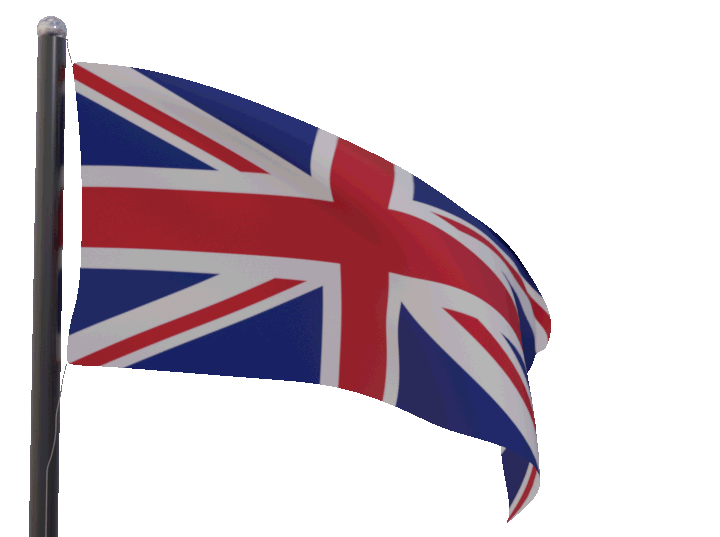How to detect "knots" for Reflexologists
- Julia Wood
- Apr 11, 2016
- 2 min read

Spinal Reflexology
I was lucky enough to train many years ago now with Renée Tanner who developed a wonderful guide linking individual spine reflexes with a wide range of pathologies. She did this by combining two sets of knowledge: a careful study of the nervous system, in particular the various organs and body structures innervated by the spinal cord, together with observation of many years’ practice with her clients and students. When I learned the resulting techniques from Renée I can honestly say it revolutionised my approach to reflexology.
I have always been the type of reflexologist who wants to understand the anatomy, physiology and pathology related to the treatment reactions, never content to just accept that the treatment worked and not worry about how (although that’s a perfectly valid approach, it just isn’t in my therapist character to be able to accept something at face value without explanation). So here was my ideal reflexology tool, a way of tracking the neurological responses to a condition and using that to tailor a treatment and make it more effective.
Spinal reflexology is normally performed as part of a full treatment and affords the therapist some time to explore how the energy flow within the neurological system is behaving. Through specific and systematic treatment of the spine reflex it is possible to detect where other areas of imbalance in the body may exist. Much like a massage therapist can detect knots and tension in different muscles and spend more time easing those areas, the results of spinal reflexology can be used to design a bespoke treatment for your client rather than just performing the full routine without deviation.
To give an example, a reaction on T12 or L1 may indicate an energy imbalance in the colon or reproductive system and could be linked to conditions such as IBS or fertility issues. On detecting this reaction, the reflexologist can combine this information with that gained through consultation to give additional treatment to related reflexes.
It is my absolute pleasure to be able to offer other reflexologists the chance to learn this approach to reflexology. My next workshop is on Monday 23rd May and will be held in central London. For full details go to the CPD courses page on www.complementaryhealthprofessionals.co.uk. If you book before Monday 2nd May there is an early bird price of £95, after that it will revert to the full price of £120. (Premier CHP members cannot use their discount on the early bird price).





















































Comments